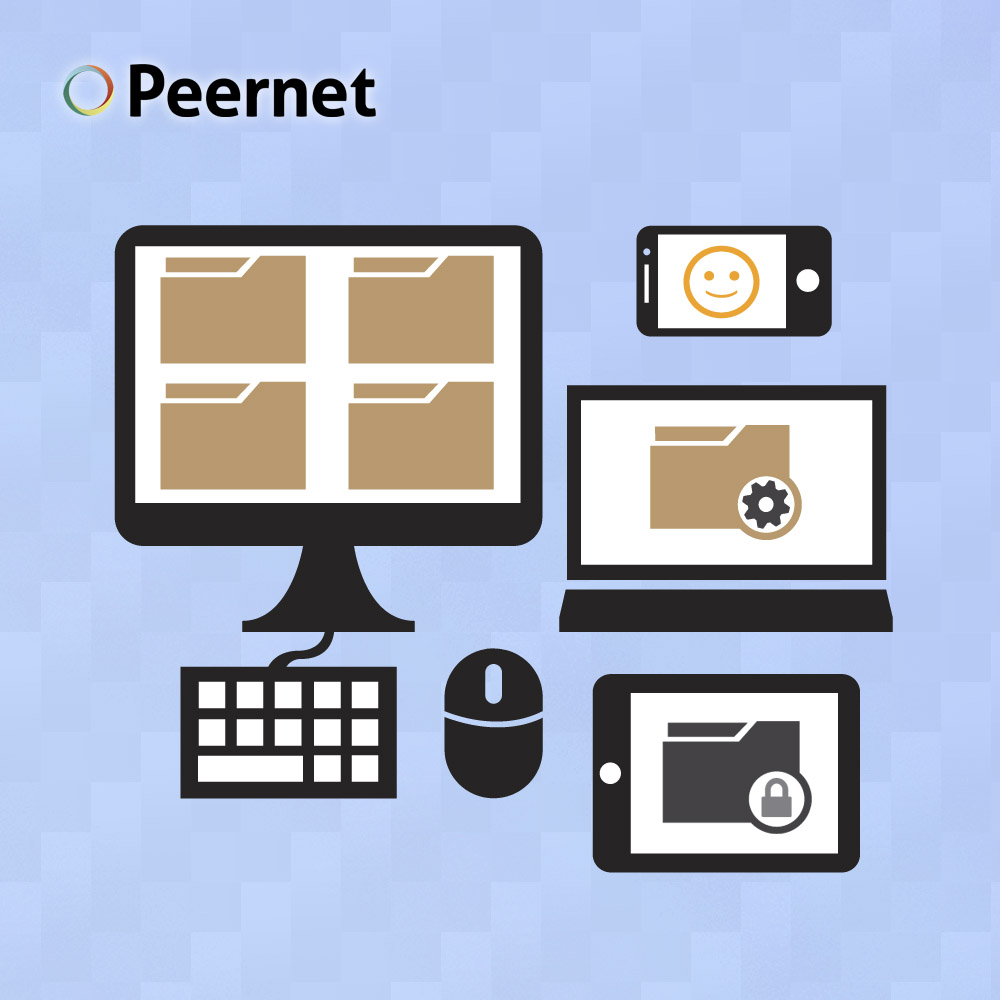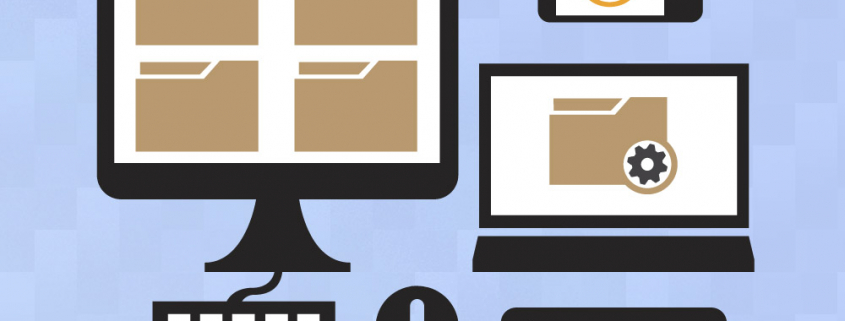Securing Your Company’s Digital Documents

As you might be aware, digitizing your company’s documents has several amazing benefits:
- Cost savings from reducing your organization’s dependence on paper:
- Paper
- Ink
- Mail & supplies
- Photocopying
- Printing
- Shredding
- Etc.
- Easier access to information for colleagues and clients
- An easier collaboration and revisions process;
- Making documents and information more searchable and information more easily discoverable;
- Reduced administration time among employees searching for the right information;
- Potentially reduced costs stemming from office space to hold the actual physical files
Factors to Take Into Account for Document Security:
Of course, while saving on all sorts of costs related to hard copies of documentation is very appealing, one of the aversions that some companies have to moving their client documentation to the digital realm is the important matter of security. And it’s no surprise: we’re often inundated in the news with stories of large organizations that suffer security breaches. Not only can this cause a direct financial hit to the organization, but it can bruise the company’s reputation for years to come.
So, while we of course highly recommend moving any paperwork and documentation you can to digital, it’s vitally important to have a good plan for security in place. With that in mind, here are some things your organization can do to help make the transition smoothly and safely: five things you should do to ensure your company’s digital document security in 2016.
1. Choose the right file format.
Not all document formats are created equally. Here’s a brief rundown of the security features of some of the main types of the main document formats used in the modern business environment. For enterprise organizations, three of the most common formats used for documentation are your standard Microsoft Word files, in addition to Portable Document Format (PDF) and Tagged Interface File Format (TIFF). All have their advantages and disadvantages but, for now, let’s take a look at the different formats from a document security perspective.
- Security Features of Word files:Microsoft Word files are designed to be edited and shared with ease, and it’s not an inherently secure format. This is one of many reasons why Microsoft Word is not ideal for sharing documents at the office, or with your clients. For a better and more secure solution, look towards formats like PDF, and TIFF.
- Security Features of PDF files:A PDF file can actually come in a few different types of files. To start, there is a separation between raster PDF (where all text is rendered as an image) and a vector-based PDF, where all text is actually rendered as textual elements.
A raster PDF means that the text is very difficult to manipulate. Someone is not able to copy the text from a document and paste it to a Word processor, for example – they would have to actually re-type the information, if they were so inclined.
A vector PDF, conversely, allows the user to select actual text in the document. This can be helpful for search and information retrieval, but does remove one barrier from people copying out the document’s information, if that is a particular concern.
All types of PDFs can also be protected by password, protecting them from prying eyes. This is a nice security feature to have, particularly when sharing documents via email, file sharing services, or unsecured platforms. PDF also offers other security features such as encryption, and watermarking, making it a good choice for corporate document security. - Security Features of TIFF files:The TIFF file format is used by many industries and professions with a need for significant need for privacy, to protect their clients’ information – like the legal industry, financial services or the medical profession, for example.
What sets TIFF apart from a format like PDF, for example, is that TIFF is strictly an image format. Because of that, it’s very difficult or impossible to have code, or links embedded within it. This is a great security feature, and one that makes it somewhat of a more secure choice than other document formats.Beyond that fact, TIFF files do not have the inherent security features built in to PDF files, such as password-protection.
2. Never use untrusted websites for your file conversion.
Choosing a file converter is an important part of your overall transition to digital documentation, but also to your security strategy. Online file conversion sites definitely have their place in the world and their own set of benefits: they’re often low in cost, don’t require a software install, offer a pretty versatile selection of file conversion options. One of the big risks though, particularly for companies and corporate users, is running your files through untrusted connections for conversion. You don’t truly know what’s happening to your files when you upload them, and that could leave you vulnerable to all sorts of issues, from malware to security breaches.
3. Get Your Team on Board with Using Good Practices
There are some basic tenets of a successful document security protocol. Regardless of whether your company is a small business or a multinational corporation, employing some of these good practices can help secure your company’s documentation.
- Keep only the minimum of customer data on file. The less information of customers that you keep on file, the less you expose your business to the risks of a security breach. Companies should never, ever keep their customers’ credit card numbers on file, of course… and in general, keep as little info as they need.
- Train your employees on suspicious links, emails, etc. A little bit of education can go a long way. Ensure your employees are familiar with common tactics, such as email phishing attempts.
- Install anti-virus and anti-malware software on all their computers. There are all sorts of nasty viruses out there that can easily infiltrate corporate networks. One particularly nasty strain that has emerged in recent years is what’s known as ransom-ware. This is a bug that gets installed on the users’ computer and locks them out from their files. It then demands a payment made to retrieve the information again – A hospital in California recently fell victim to this scam and was forced to pay significant money to retrieve their valuable, sensitive patient information. While these attacks may not be 100 per cent preventable all the time, installing, regularly updating and running anti-virus software is a good preventative measure that should be done regularly throughout your organization, particularly if your networks’ system contains sensitive customer data.
- Teach them the basics of strong passwords. Passwords are a basic line of defense, but when they are weak, they`re easily breakable. Spread some information around the office about the importance of strong passwords, and encourage your employees to make a habit of changing their passwords regularly.
4. Automate Your Document Conversion to a Secure Folder
For organizations that have a substantial need for file conversion, one of the most straightforward ways to ensure that your files are reaching a secure destination is by using an automated document conversion solution. Using a solution such as Peernet’s Document Conversion Service (DCS) can be a huge benefit to those organizations that do handle a lot of digital documents. With DCS, you can make sure remove the human element of the secure document handling process, by running automated, batch file conversions. The converted files can then be outputted into a secure folder that is accessible only by the appropriate, authorized parties.
5. Ensure Regular Document Backups to a Secure Location
Just as physical, printed documents aren’t immune from threats like theft, water or fire, the very same thing applies to digital documentation. But should the worst happen, and your company’s security be breached, it can provide some peace of mind to know that you have backups of your company’s important files. Document backup can be an automatic process and more and more, companies are making use of cloud services, which can provide relatively cost-effective offsite storage. Look into the options that suit your companies’ needs best.
Secure Digital Documents: The Competitive Advantage Your Company Needs
The proliferation of digital documentation in the corporate world, from mom-and-pop startups to enterprise level organizations, continues on. Ensuring that your company’s digital files are secure from attackers is a crucial part of maintaining your clients, customers and the public’s trust. Making use of some of these ideas should put you in a good position to ensure your company’s digital security for many years to come.
Digital Document Conversion Solutions
If you’re still looking for the right digital documentation creation and file conversion solution, be sure to check out our range of products at PEERNET. Whether you are looking for a PDF conversion solution, a TIFF creator, or an enterprise-level batch document conversion solution, we have a product out there that should cover your needs. Please take a couple of minutes to watch the video below to find out which product might be right for your file conversion needs:
And should you need any more assistance in determining a product that’s right for you, please reach out and contact us.



